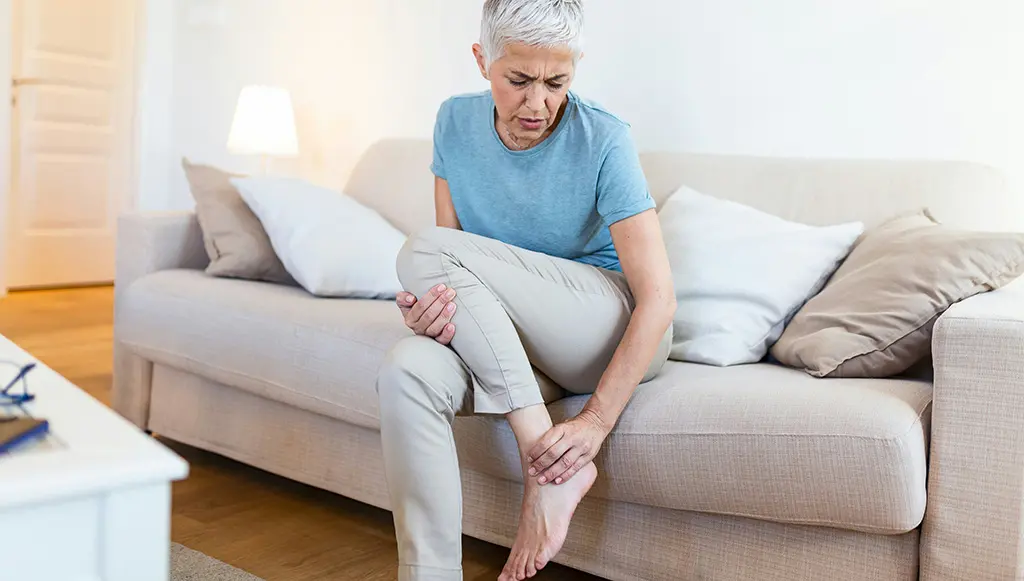How is arthritis diagnosed?
It is important to see your GP as soon as possible if you have symptoms of arthritis. It may take several visits before your GP can tell what type of arthritis you have. This is because some types of arthritis can be hard to diagnose and may need further testing or examination.
Firstly, your GP will ask you about your symptoms and family history. They may examine the affected joints and send you for some tests or x-rays. Your GP may also send you to a rheumatologist (a doctor who specialises in inflammatory forms of arthritis) for more tests.
Preparing to see your doctor
Before you go to the doctor, it can be helpful to write down your symptoms and any patterns that you have noticed.
Symptoms & Patterns
-
What does your pain feel like? – is it sharp or dull? Aching or stabbing? Do you get pins and needles? Does the pain wake you up?
-
When does your pain increase? – does it get worse after you have been active, for example, cleaning the house, or doing the gardening? Does it get worse if you have been sitting or lying still for a while, for example, sitting at the computer or reading a book?
-
Have you noticed anything that helps to make the pain better? – for example, taking a warm shower, catching up with friends or doing activities you enjoy?
-
Does your joint stiffness change throughout the day? – is it worse in the morning, or does it stay the same throughout the day?

Keeping a Pain Diary
Keeping a ‘pain diary’ can be a really helpful way to see any patterns in your symptoms so you can better inform your doctor. In a pain diary, you record things that might impact on your level of pain. You rate your pain on a scale of 0 – 10, and then rate your sleep, mood and level of physical activity as well. It is ideal to do this a few times a day, so you can really get a sense of any patterns.



